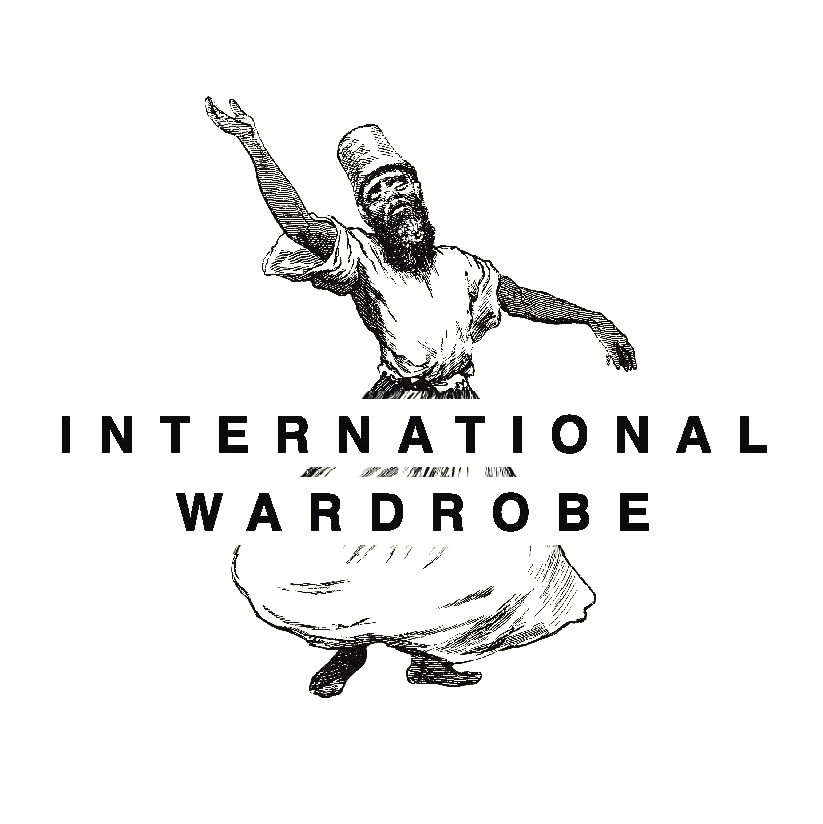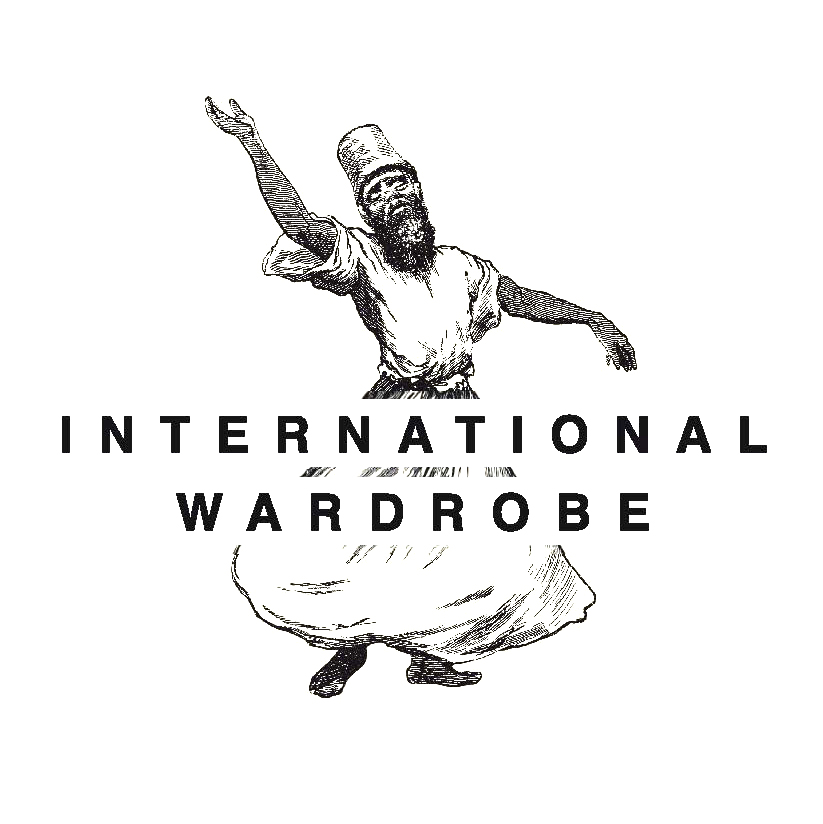Bolivia and Peru are, in addition to Guatemala, the countries with the largest proportion of indigenous population groups worldwide. The Bolivian population is multiethnic, the indigenous people compose 60% of the population and 26% are Mestizo, an ethnic mix of indigenous people and Europeans or Europeans descendants. They are distributed throughout the entire country, while Highland Aymara and Quechua make up the majority of Bolivia’s indigenous peoples
The varied cultural landscapes of the local population were destroyed by the Spanish colonization in a relatively short time. The „Conquistadores“ were not prissy about their claim to power in South America. And quickly they found their “cash cow“, that should finance the bulk of the Spanish national budget for two centuries: The silver mines of Potosi, a small town in the highlands at over 4000 meters. Its silver soon became the foundation of the Spanish Empire, and at its peak in the seventeenth century Potosí was one of the world’s largest and wealthiest cities. And also the richest and the highest. The Spanish decreed in 1570 that the natives would be forced to work in the rich silver mines. Through the inhuman working conditions and the slavery of the miners, of course mainly were indigenous, the population in these two decades was reduced by half. A total of eight million people died in the Potosi mines, a kind of a spanish genocide.
In the Andes, during the prehispanic period the attires of men as of woman with their colours and iconographic designs portrayed at the same time the user´s geographical origin, their ethnic identities and their social position in the community.
At the beginning of colonialization by the Spaniards in Bolivia and Peru, only the chief’s worn clothes in European style. After the uprising of the local population end of 18 century the Spanish rulers prohibited indigenous clothing and the European style became a duty. The Spanish forced the indigenous people to adopt European clothing. This is the basis of the South American costumes today, specially in the cuts of the garments.
Jackets, for example, were not part of the basic equipment of a Peruvian costume. But today they are an important part of the costume, richly embroidered and decorated. The Poncho is a kind of „Mestizo“ of clothing, between the old and the new world. In pre-colonial times the men worn unkus and yaqollas, similar to the ponchos today but closed on the sides. Today the women´s clothing is a mix between traditional pre hispanic and spanish elements. The wrap-around skirt (Anacu), the stola (Illiclla) and the bag (Chumpi) are traditional, jackets like the bolero styled one´s from Cusco are more inspirated by the Conquestadores. But with much more embroidery and decorations as the spaniards could ever imagine. They have succeeded to create a new and different dress tradition from the prohibition of the Spaniards. And they are rightly proud of it. A very smart move.
Before the Spaniards began their ruthless colonization, they had only alpaca and llama wool in South America. With the european sheeps and their wool the technique of knitting came into the South American highlands. Until today the men and women of the Quechua and Aymara knit with an incomprehensible precession. The knitted caps of the men (Chullos) are so finely knitted, that even a skilled knitter is sitting a month on such a masterpiece. They are knitted by men and women, worn to this day only by men. Especially for the men at Taquile island, on the Peruvian side of Lake Titicaca, it is a matter of pride to knit their own cap. The user, his age, his geographical origin, his ethnic, social and cultural ownership and his marital status, all this you can see in one of these amazing caps.
Nowadays traditional costumes are worn by Cholitas in particular. „Cholita“ means more or less peasant with indigenous backround. Her “uniform” is a heavy multi-layered skirt with petticoats, long shawl, precariously perched bowler hat and jewellery. Cholitas exist all over Bolivia, but the types of skirts and hats change depending on the region. Bolivia’s many indigenous peoples were long excluded from mainstream society. Until the 1990s, wearing a pollera or a poncho to a government office would have been unthinkable.
Since the election of the country’s first indigenous president, Evo Morales, in 2005 things changed specially for Women and indigenous peoplem, and so for the Cholitas. The Cholitas are big in „small business“ as sellers of goods at the markets. Now they benefit from the growing wealth of the country and the social change.
Pictures, right side, from top to bottom :
- Monument with the theme “revenge”. Tarabucco, Bolivia
- The silver mine mountain from Potosi
- A woman of the Uru people on a floating island selling tourist stuff.
- Knitting men is knitting hats…At taquile island, intangible heritage of the Unesco since 2005. Due to the social functions of their textiles.
- One of the uncountable folk costume festivals in Huancayo, central highlands Peru.
- A little show of weaving at the market in Chinchero, near Cusco.
- Sunday market in Tarabucco, Bolivia.
- Typical woman´s outfit from Tarabucco.
- Pop Art house from the bolivian architect Freddy Mamani.
- Folk festival, Puno, Lake Titikaka, Peru
- Very old lady at the market in Chinchero
- Marketday, Lake Titikaka area, Peru

